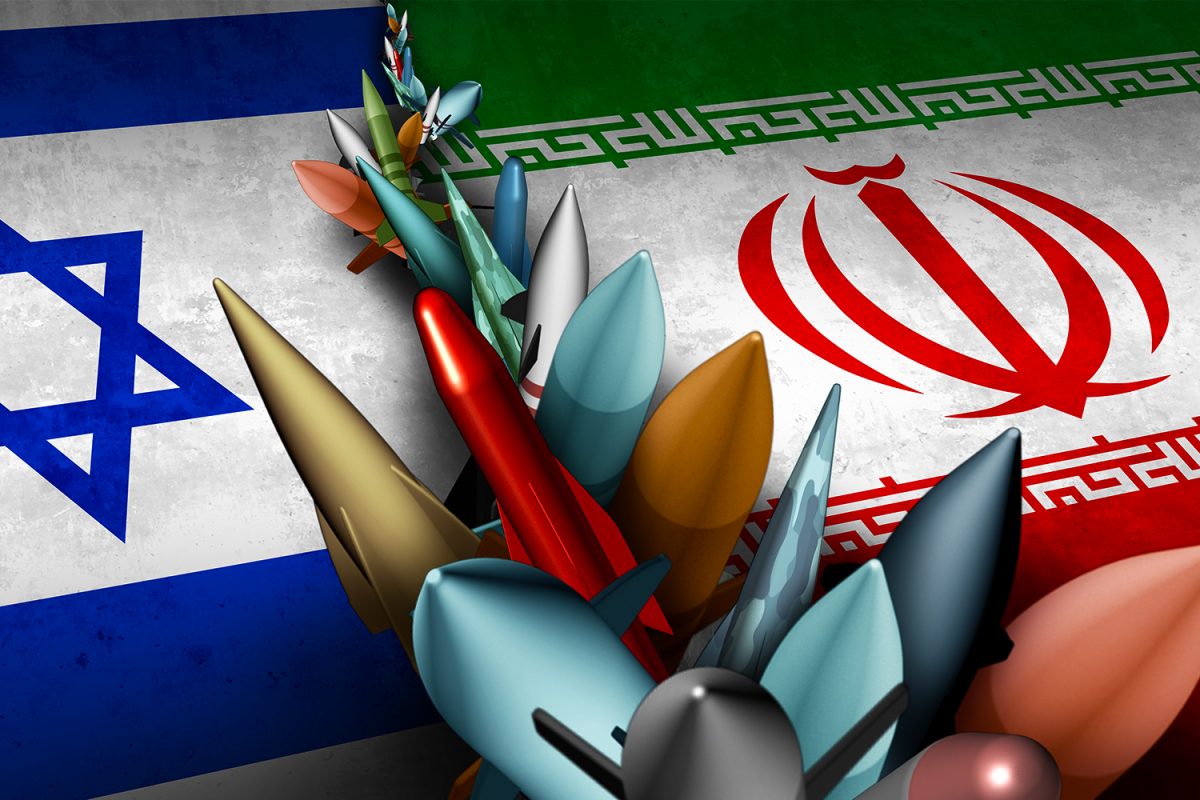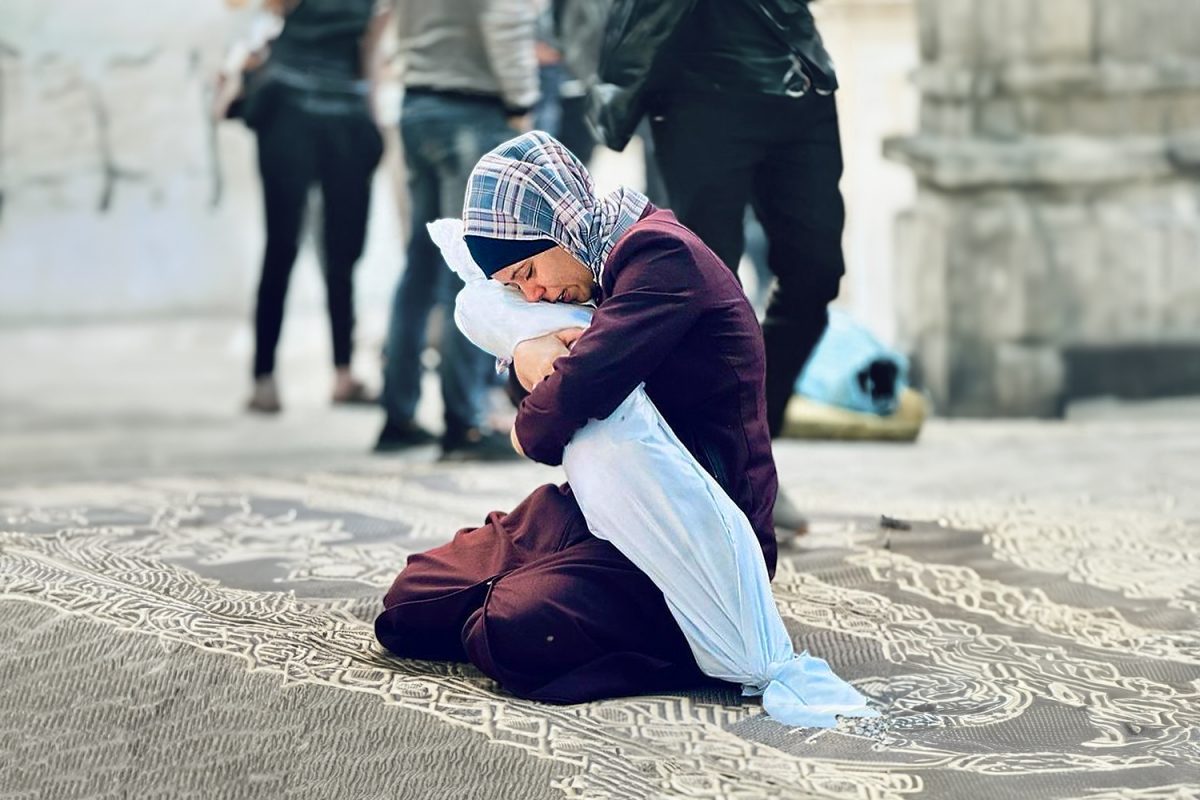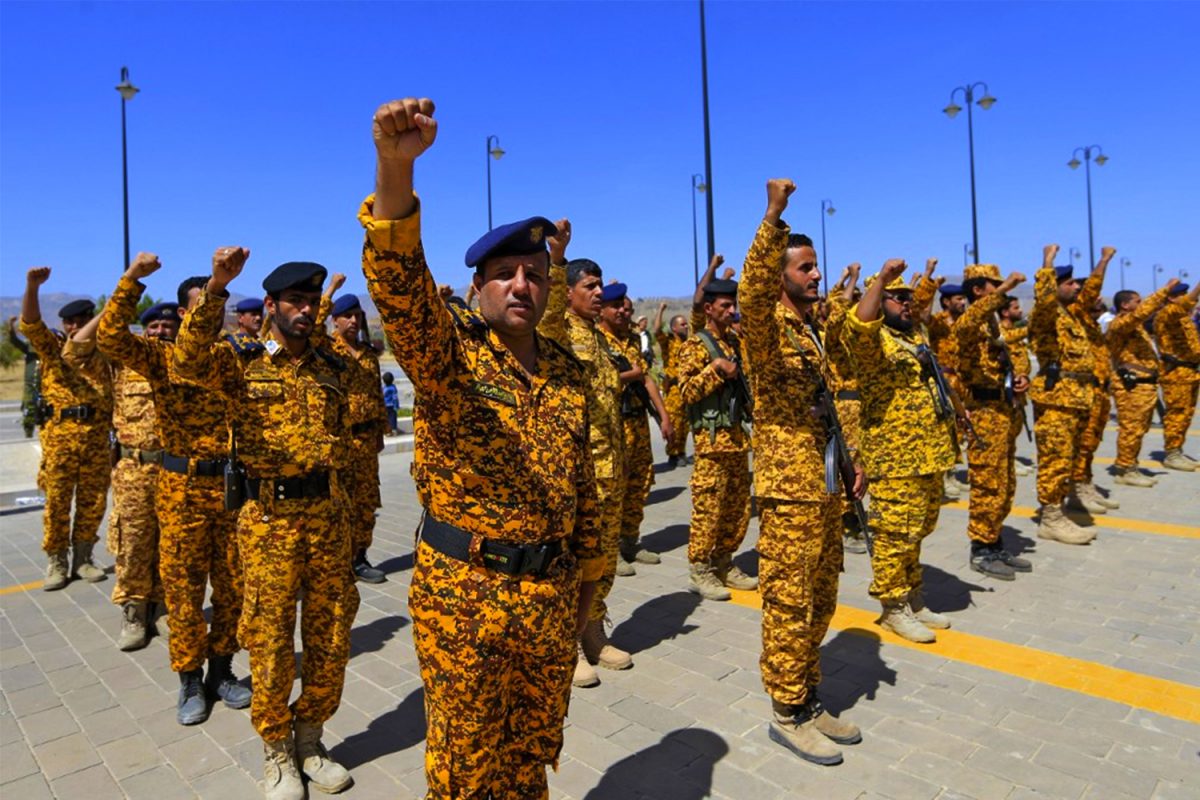It was a decade ago that a Tunisian street vendor became the spark that set the Middle East alight. What began with a single man in the markets of North Africa spread to thousands on the streets in Egypt and evolved to hundreds of thousands demanding political change for the entire region. The self-immolation of Mohamed Bouazizi created a sweeping wave, which crossed from Tunisia to Egypt, Libya, Yemen, Syria and Bahrain until it engulfed most of the Middle East. The impact of the Arab spring is still being felt in a number of countries a decade on but not in the way many had hoped. But the factors that caused the Arab Spring are still with us and from many perspectives a decade later, they are far worse.
A decade ago, the people of the Middle East took to the streets and braved the regime crackdowns to protest against the status quo which had for long dominated the political, economic and social landscape. The reaction of the rulers was as predictable as it was brutal with violent clampdowns leaving thousands dead and many more injured. But a decade on much of the architecture remains in place that the people set out to overthrow. In Egypt, the military removed the ailing Hosni Mubarak from power but maintained its own position where the military still controls in excess of 40% of the economy.[1] In Tunisia a similar situation took place where the ruling elite of the Ben Ali era ensured the underlying system only saw limited reforms. No nation or government is ever one person. Even the most brutal dictators from Kim Jong-Un of North Korea to Adolph Hitler rely on a trusted cadre of officials and institutions or intelligence services to effectively rule. In the case of the Arab spring, aside from Syria none of the countries saw the targeting of the ruling elite or the systems that keep them in place. Whilst Hosni Mubarak and Zine El Abidine Ben Ali were removed, the truth is the systems they led remain in place, a decade on.
Whilst Hosni Mubarak and Zine El Abidine Ben Ali were removed, the truth is the systems they led remain in place, a decade on
After decades of persecution the Islamic political parties managed to reach political power in Egypt and Tunisia. But they abandoned Islamic rule at the first opportunity. In Egypt, the Muslim Brotherhood (MB) who for nearly a century advocated Islamic rule became pragmatic when it came to implementing Islam after winning the presidential and parliamentary elections. They concluded that implementing the Islamic economic system, foreign policy and social system would scare international investors, the international community and affect foreign investment. Despite advocating for so long that Islam was the solution, they came to follow Islam was not the solution. In Tunisia Ennahda by 2016 formally announced it was abandoning its Islamic agenda and pursuing a programme that would no longer take Islam as its identity. Ennahda’s leader Rachid Ghannouchi explained the U-turn: “following the revolution of 2011 and the adoption of the new Constitution in 2014, there is no reason for a party in Tunisia to refer to the term political Islam.”[2] Both Ennahda and the MB abandoned Islam and failed utterly when they attempted to rule with secularism. Both parties effectively used the peoples Islamic sentiments to come to power, and once in power they presented the impracticality of Islam as a justification for their own incompetency.
The architecture of the Middle East was created by the European colonialists and whilst the US has replaced much of Europe’s influence she was not going to let the indigenous people of the region remove her influence. US interference and the interference by numerous other nations led to civil wars as different powers backed different factions. In Libya and Yemen, the countries have descended into chaos and Britain and the US with their proxies continue to battle it out for control of the two nations. In Syria, despite publicly advocating Bashar al-Assad needs to go, all the nations who got involved crippled the resistance and turned the country into a civil war between proxies representing both regional and international powers. Many in these countries turned to foreign help in the hope they could tip the balance of power over their rulers, but this was used to interfere in the countries and ensure real change did not take place.
The economic failure, poverty, authoritarianism and oppression of the masses were all factors that drove many to the streets a decade ago. Today, all of these problems remain and in many cases are far worse. In Egypt poverty, unemployment and wealth inequality has worsened as the military junta have driven the economy into the ground. Even countries that did not see uprisings a decade ago have seen protests grow as they have failed to deliver prosperity to their people. Algeria, Sudan, Iraq, Lebanon, Iran and Egypt were witnessing discontent as recently as 2019 and were it not for the COVID-19 lockdowns these would have swelled to ever greater numbers. The region’s autocratic rulers, monarchies and dictators still stick to using their iron grip to remain in power whilst they fail in dealing with the very basic needs of their people.
What took place a decade ago was a tremor rocked the region and before all earthquakes you have tremors. The conditions for the Arab Spring 2.0 are really a matter of when, rather than if
What took place a decade ago was the removal of the shackles that had handcuffed the people for so long. The fear that for long held the people in check was removed and many moved to take their destiny in their own hands. The regions rulers have shown they are as incompetent as they are brutal and assume this will allow them to maintain their thrones. What took place a decade ago was a tremor rocked the region and before all earthquakes you have tremors. The conditions for the Arab Spring 2.0 are really a matter of when, rather than if. All the underlying conditions remain in the region that drove the masses to the streets demanding change.
This is the first in a series of analysis looking at the Arab Spring, a decade on. The series will look at the key nations that witnessed uprisings a decade ago and where they stand today.
[1] The rule of khaki: How Egypt’s military dominates the economy, the Defence Post, 23 April 2018, https://www.thedefensepost.com/2018/04/23/egypt-military-economy-rule-of-khaki/
[2] Why is Tunisia’s Ennahda ditching political Islam? Aljazeera, 24 May 2016, https://www.aljazeera.com/news/2016/05/24/why-is-tunisias-ennahda-ditching-political-islam/




